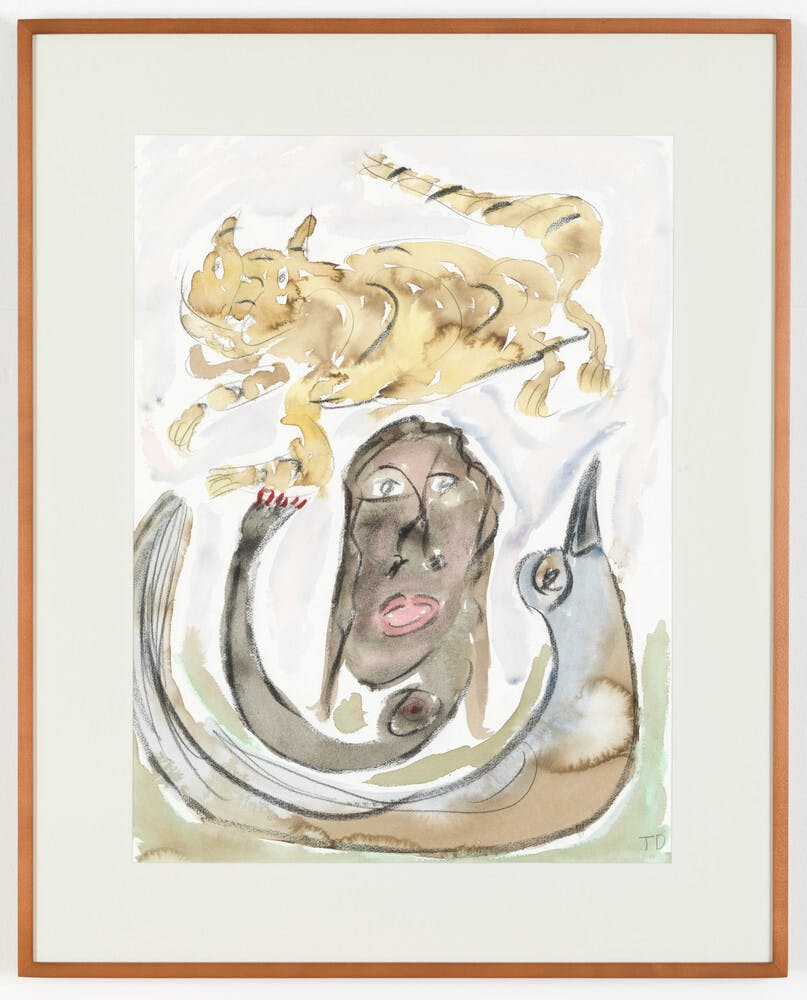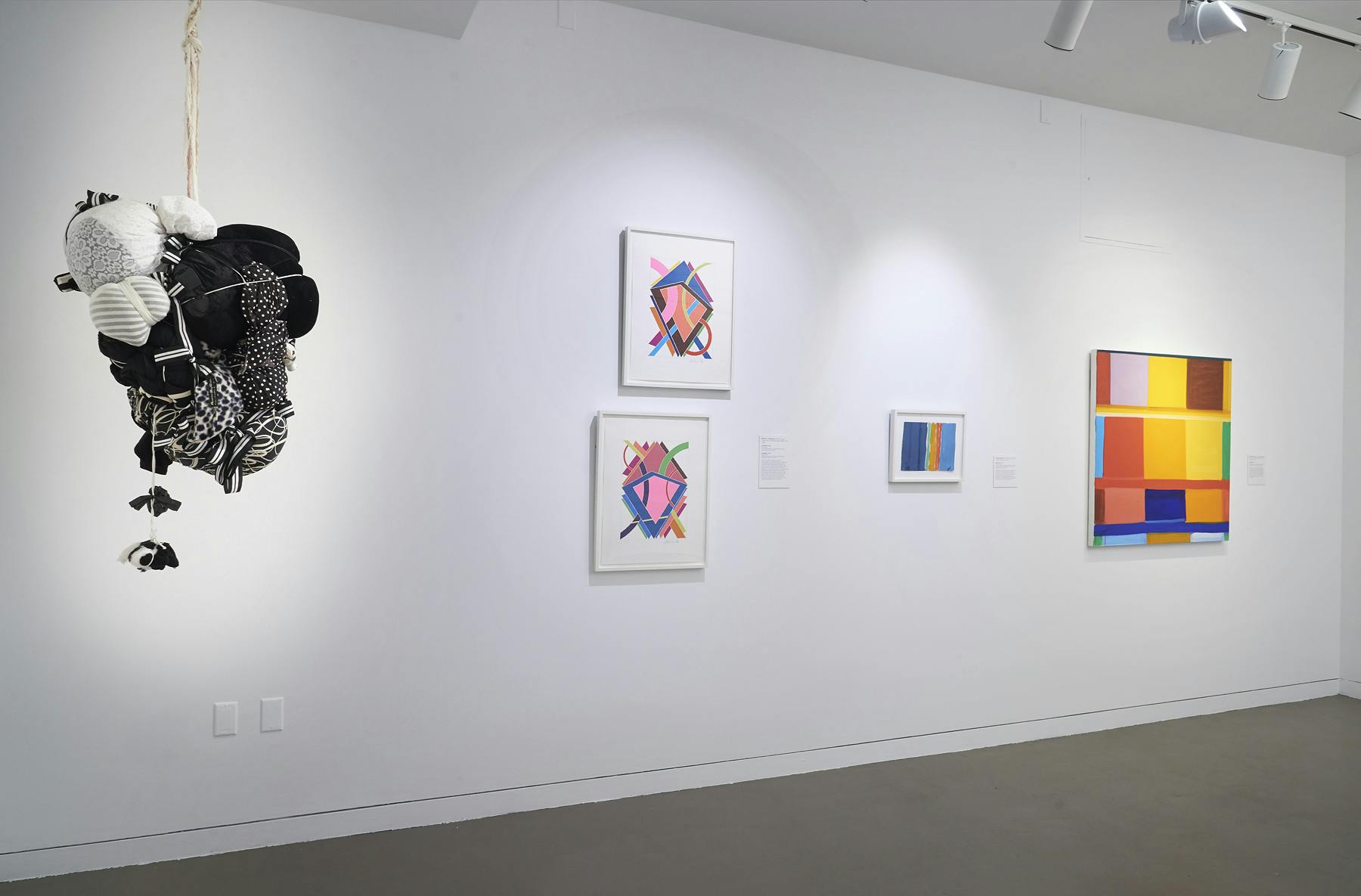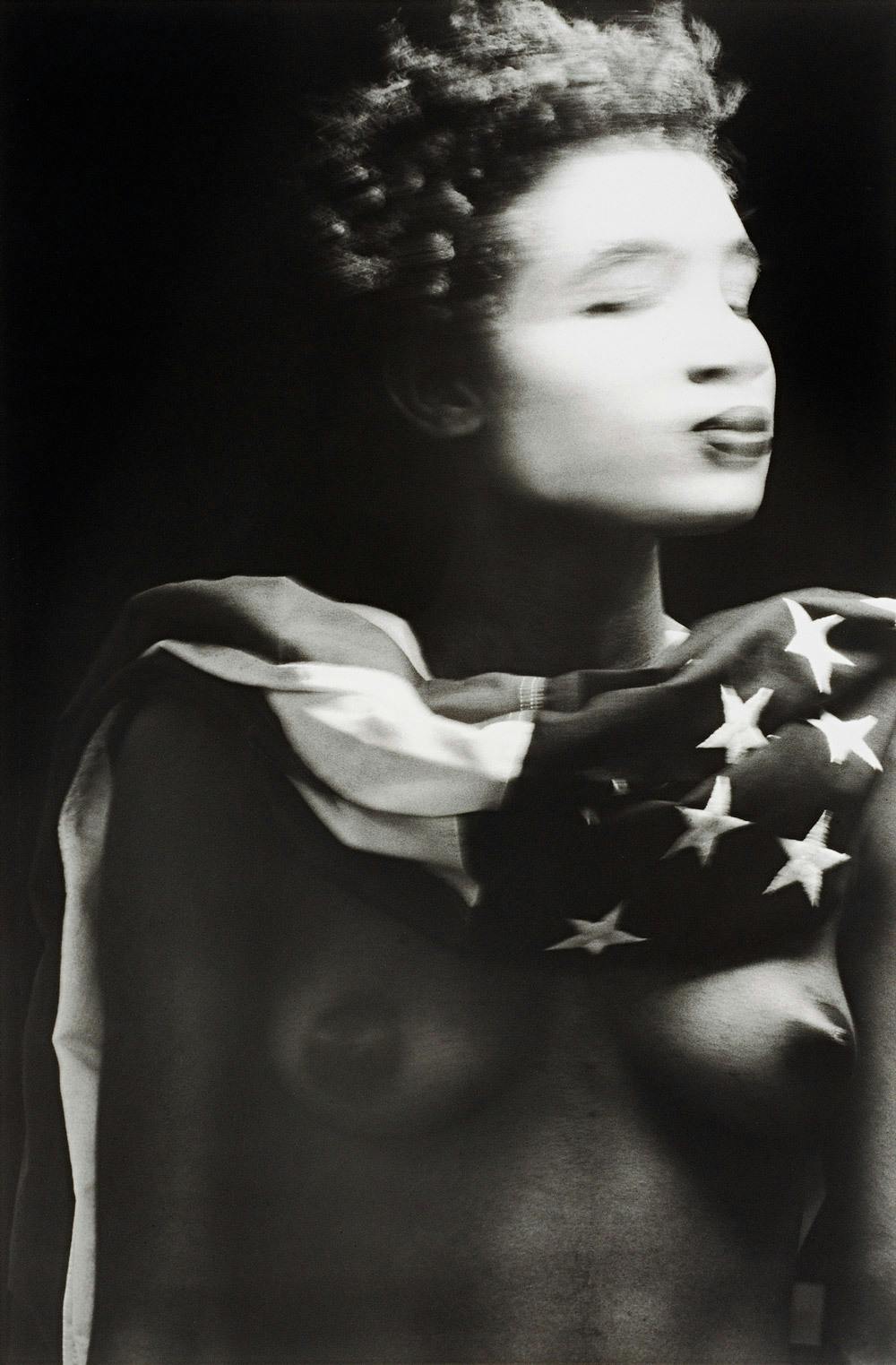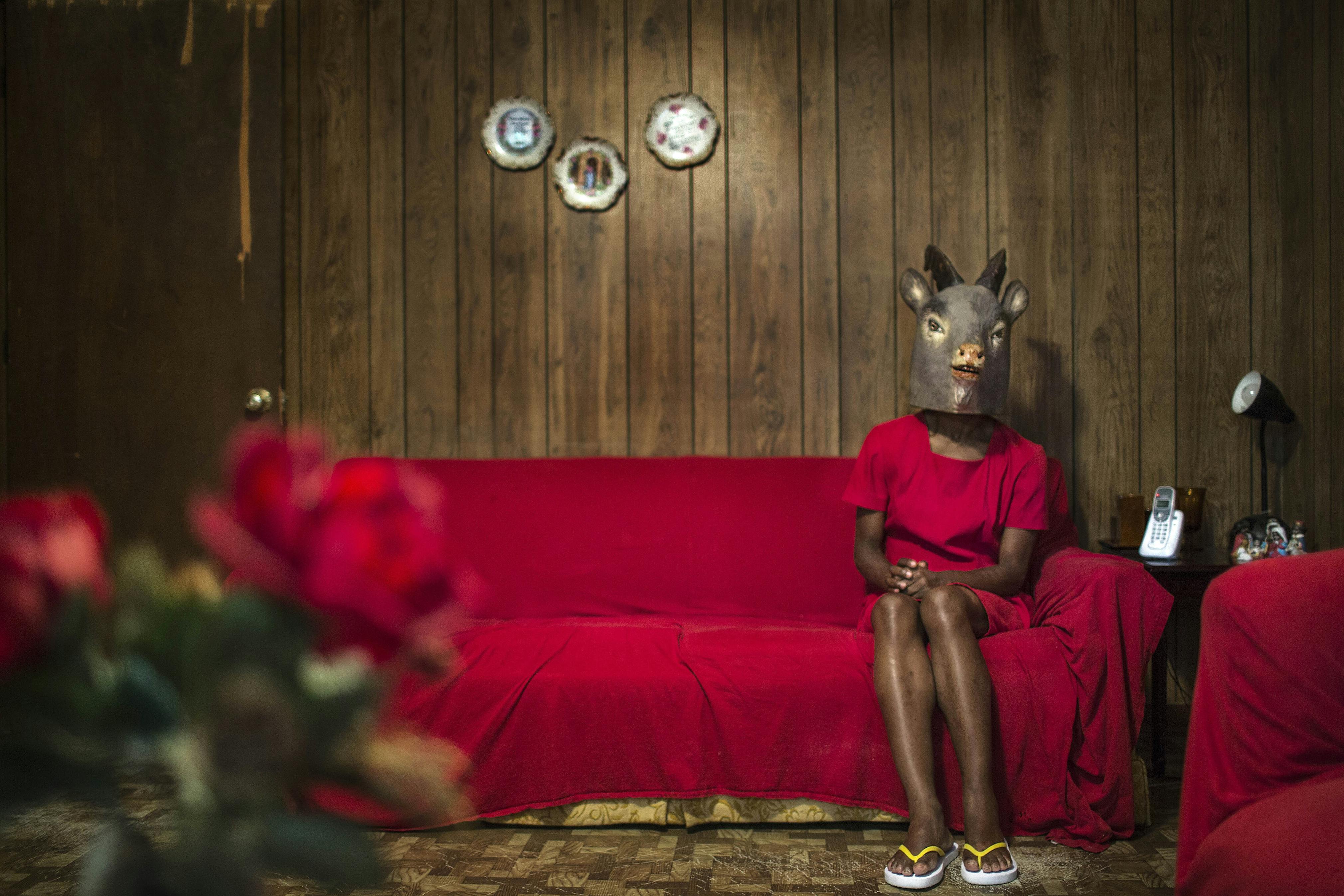Thornton Dial
(1928–2016)Thornton Dial’s work utilizes a narrative and abstract style that speaks to both personal and universal concerns.
Biography
Thornton Dial was born in Emelle, a small town in rural Alabama. He was raised by his extended family from a young age, as his mother, who was from a sharecropper lineage, was unable to care for him. At six, Dial was already working in the fields, picking cotton, and herding cows, and finished his formal education in third grade. In 1941, while still a teenager, he moved to Bessemer, an industrial city near Birmingham, with his half-brother. He worked a variety of jobs, including house painting, highway construction, pipe fitting, and brick loading. For thirty years, he was a metalworker at the Pullman Standard Plant. At the same time, he used metal, wood, and scrap material to make decorative objects in his yard—early iterations of the objects that would come to define his artistic practice. However, Dial did not consider his creations “art” until he was in his fifties.
In 1987, artist Lonnie Holley introduced Dial to William Arnett, a collector and art dealer. Arnett championed Dial and his practice, and by the early 1990s Dial began gaining recognition through inclusion in museum exhibitions. He often commented on current events, such as the United States invasions of Iraq or Black culture in the United States, or depicted scenes and items close to home, like cows and frying pans. His work utilizes a narrative and abstract style that speaks to both personal and universal concerns. As he said, “Art is a guide for every person looking for something. That’s how I can describe myself: Mr. Dial is a man looking for something.”1
In 1990, Dial moved to McCalla, Alabama, where he lived until his passing in 2016. The Studio Museum has presented his work in exhibitions such as The 25th Anniversary Exhibition: Recent Acquisitions and Selected Works from the Studio Museum in Harlem Collection Part I (1993); and When the Stars Begin to Fall: Imagination and the American South (2014).
1) William Grimes, “Thorton Dial, Outsider Artist Whose Work Told of Black Life, Dies at 87,” New York Times, January 26, 2016, nytimes.com/2016/01/27/arts/thornton-dial-outsider-artist-whose-work-told-of-black-life-dies-at-87.html.
Exhibitions and Events
Thornton Dial
(1928–2016)Thornton Dial’s work utilizes a narrative and abstract style that speaks to both personal and universal concerns.
The Tiger on Top, 1991
Biography
Thornton Dial was born in Emelle, a small town in rural Alabama. He was raised by his extended family from a young age, as his mother, who was from a sharecropper lineage, was unable to care for him. At six, Dial was already working in the fields, picking cotton, and herding cows, and finished his formal education in third grade. In 1941, while still a teenager, he moved to Bessemer, an industrial city near Birmingham, with his half-brother. He worked a variety of jobs, including house painting, highway construction, pipe fitting, and brick loading. For thirty years, he was a metalworker at the Pullman Standard Plant. At the same time, he used metal, wood, and scrap material to make decorative objects in his yard—early iterations of the objects that would come to define his artistic practice. However, Dial did not consider his creations “art” until he was in his fifties.
In 1987, artist Lonnie Holley introduced Dial to William Arnett, a collector and art dealer. Arnett championed Dial and his practice, and by the early 1990s Dial began gaining recognition through inclusion in museum exhibitions. He often commented on current events, such as the United States invasions of Iraq or Black culture in the United States, or depicted scenes and items close to home, like cows and frying pans. His work utilizes a narrative and abstract style that speaks to both personal and universal concerns. As he said, “Art is a guide for every person looking for something. That’s how I can describe myself: Mr. Dial is a man looking for something.”1
In 1990, Dial moved to McCalla, Alabama, where he lived until his passing in 2016. The Studio Museum has presented his work in exhibitions such as The 25th Anniversary Exhibition: Recent Acquisitions and Selected Works from the Studio Museum in Harlem Collection Part I (1993); and When the Stars Begin to Fall: Imagination and the American South (2014).
1) William Grimes, “Thorton Dial, Outsider Artist Whose Work Told of Black Life, Dies at 87,” New York Times, January 26, 2016, nytimes.com/2016/01/27/arts/thornton-dial-outsider-artist-whose-work-told-of-black-life-dies-at-87.html.





